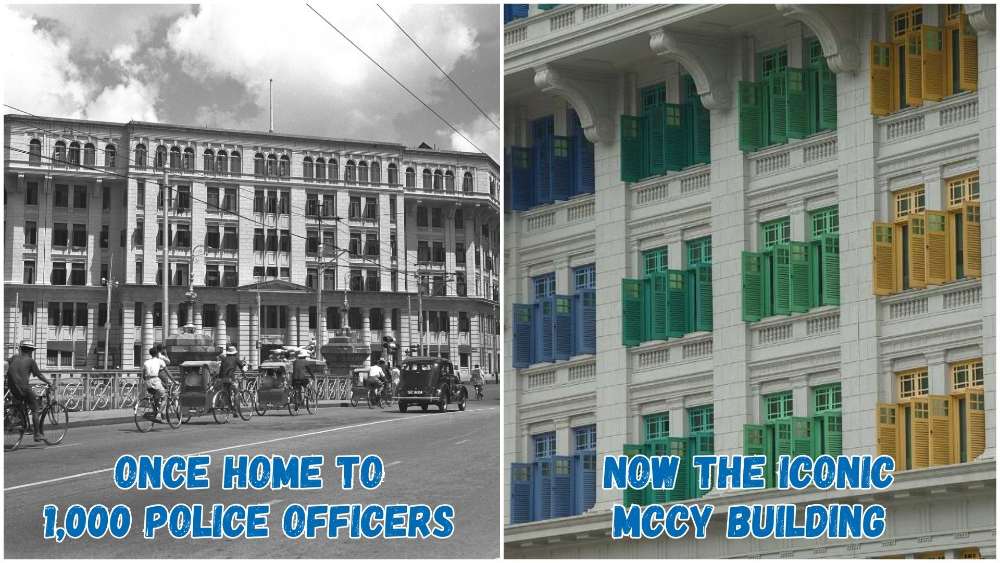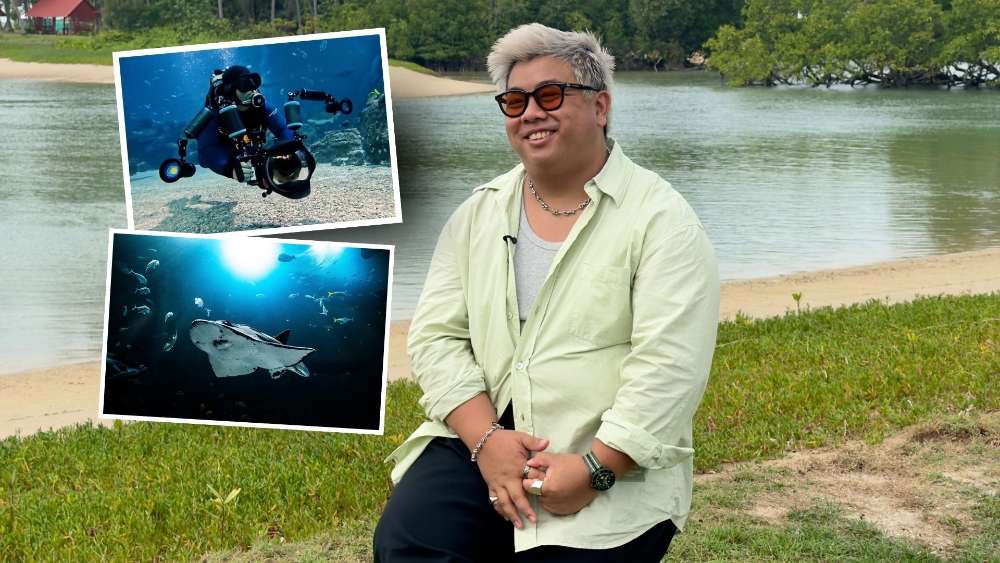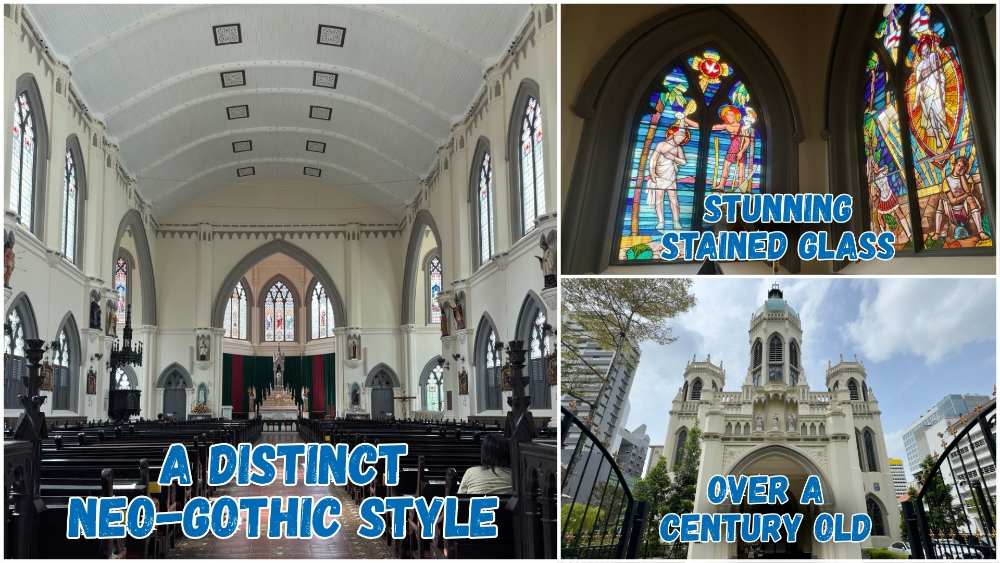National Monuments Of Singapore: Chesed-El Synagogue
What is a National Monument? Who gazettes them? How many national monuments are there in Singapore? To date, the Preservation of Sites and Monuments, a division of National Heritage Board, has identified and gazetted 75 buildings, structures and sites of national significance as an integral part of Singapore’s built heritage.
And we're here to tell you all about them - one National Monument at a time!
You've probably passed by or stepped into more than a few of them without realising they were National Monuments: Al-Abrar Mosque, Asian Civilisations Museum, the Civilian War Memorial, Saint Andrew's Cathedral, the Esplanade Park Memorials, Fort Siloso on Sentosa - no need to plan an itinerary for friends visiting from overseas; just show them this article ✌️
In this edition, we focus our attention on Chesed-El Synagogue, one of only two synagogues in Singapore.
📍 Location
Chesed-El Synagogue was the 38th building to be gazetted as a National Monument, and is located near other National Monuments such as the House of Tan Yeok Nee, and MacDonald House. The MRT stations nearest to it are Dhoby Ghaut and Bencoolen.
📅 Significant dates
Date built:
- 1905: Chesed-El Synagogue was constructed
Milestones:
- 2001-2002: The building underwent extensive restoration works
- 2016: The monument went through another round of comprehensive renovation works with support from the National Heritage Board (NHB)
Date gazetted: 18 Dec 1998
📜 History
Some fun facts: The word “synagogue” is derived from the Greek word "synagein" which means “to bring together”, and the name “Chesed-El” means “Bountiful Mercy and Goodness of God” in Hebrew.
The synagogue not only functions as a place of worship for Jews, but also acts as a vital social space for them. During the 1870s, many of the early Jewish immigrants had settled around Boat Quay, near Commercial Square (present-day Raffles Place). There, the first synagogue, resembling a shophouse, was built on Synagogue Street within the Jewish enclave.
A prominent member of the Jewish community was Sir Manasseh Meyer. Hailing from Baghdad, he spent his early years in Calcutta before moving to Singapore in 1861 to attend Saint Joseph’s Institution (SJI).
Apart from being a successful merchant, Meyer was also deeply committed to preserving Orthodox Jewish customs and beliefs among the local Sephardic Jewish community. To this end, he established and financed the Talmud Torah (Hebrew School) in Singapore. Also, his philanthropic efforts extended beyond the Jewish community, including donations to SJI and a significant contribution towards the establishment of Raffles College (the National University of Singapore today).
By the early 1900s, the growing Jewish community in Singapore faced overcrowding issues at the Maghain Aboth Synagogue (the other synagogue operating in Singapore), prompting discussions about the need for a second synagogue. Meyer also sought to address internal conflicts within the community (due to disagreements about certain rituals) by building his own private synagogue.
In 1902, he decided to build the new synagogue (Chesed-El) on the grounds of his residential estate, Belle Vue, located on Oxley Rise. He had purchased the estate (formerly known as Killiney House) in 1890. Chesed-El Synagogue was eventually completed in 1905, with Meyer personally leading the dedication ceremony on 14 Apr that same year.
During World War II, no religious services were held at the synagogue, but local Jews continued to gather there for mutual support and to share news until the start of the Japanese Occupation (1942-1945). While the Occupation was ongoing, the Japanese military seized control of the building and used it for storing heavy goods and ammunition. They also discarded various items, such as wooden benches that were later discovered in places like the Singapore Recreation Club (SRC) and second-hand furniture shops.
The synagogue was shut on at least two occasions in the mid- to late-1900s in order for works on strengthening its foundation. In 2001 and 2002, it underwent extensive renovation and restoration, after a building survey conducted in the mid-2000s by the synagogue's trustees. Pre-World War II photographs of the synagogue were carefully examined to ensure accuracy in restoring both its exterior and interior to their original states.
📐 Design and architecture
Regent A. J. Bidwell, from architectural firm Swan & Maclaren, was the designer behind Chesed-El Synagogue. He was also credited with designing notable landmarks in Singapore, including Deutsches House, Singapore Cricket Club, Victoria Memorial Hall (Victoria Concert Hall today), and the transformation of Town Hall into Victoria Theatre.
Chesed-El Synagogue exhibits Palladian-style architecture characterised by classic Roman and Greek elements, like arches and Corinthian columns. Its grand façade features a spacious covered porch, originally designed to accommodate horse carriages, with a plaque commemorating its construction by Meyer and design by Bidwell. Adjacent to the porch are entrances leading to the second-floor women’s gallery, traditionally separated from men during services.
Inside, the synagogue offers seating for approximately 300 people. The main hall is flanked on either side by two rows of towering columns adorned with gold rings and leaf motifs. The pristine white walls and marble flooring enhance the interior's elegance, with decorative "M" motifs symbolising Meyer's influence. What's unique: the synagogue incorporates symbols and icons into its interior, a departure from typical synagogue design.
In any synagogue, the holiest section is the ahel (ark). Here, the Sefer Torahs (Torah scrolls) are housed. In Chesed-El Synagogue, the ahel is positioned on a raised platform right opposite the entrance, facing westward towards Jerusalem (the holiest city in Judaism). Adorned with Hebrew inscriptions and embroidered curtains, the ahel symbolises reverence and devotion.
An always-lit lamp hangs in front of the ahel - signifying the everlasting presence of God - illuminates the space. And a designated chair near the ahel bears Meyer’s name; this was the spot where Meyer would sit.
In the middle of the prayer hall stands the bimah, where the rabbi guides the congregation during prayer. Due to damage sustained during the war, the original marble bimah has been replaced with a wooden one.
The synagogue's design, featuring a lofty ceiling and numerous windows, was ideal for Singapore's climate before the introduction of air conditioning. Additionally, the benches were crafted with woven cane seat backings, offering worshippers optimal comfort in the tropical weather.
🕖 Opening hours
Service times vary. Find out more here.
🎟️ Admission
Entry is free. However, new visitors need to email the synagogue to arrange a visit.
For the latest updates on Wonderwall.sg, be sure to follow us on TikTok, Telegram, Instagram, and Facebook. If you have a story idea for us, email us at [email protected].









